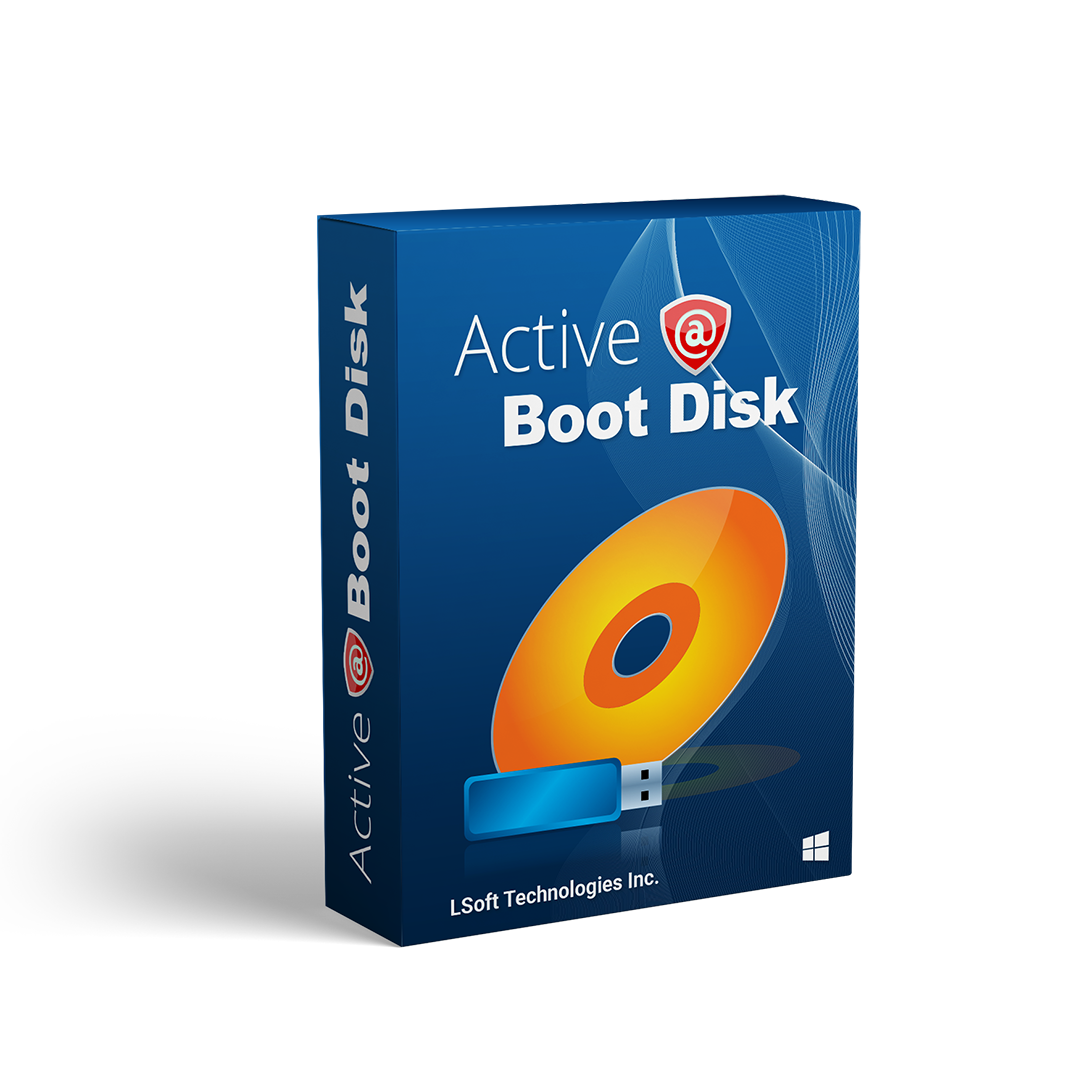The History of MNG Image Formats: From Early Development to Modern Usage
Introduction
The MNG (Multiple-image Network Graphics) format, akin to its sibling PNG (Portable Network Graphics), was developed as a robust alternative to the GIF format, primarily to address the need for animated images on the web. This journey began in the mid-1990s, during a time when the burgeoning internet brought animated graphics into significant demand. The advent of MNG traces back to the innovation and collaborative efforts of a group of developers committed to the improvement and evolution of digital imaging.
Origins and Development
Conceived as early as 1995, the need for a refined image format that could overcome the patent-related limitations of the GIF format was recognized by the developers of PNG. Led by Thomas Boutell and a team of programmers, the PNG format was officially released in 1996. While PNG provided superior quality static images with lossless compression, the demand for a standard protocol to handle animations necessitated the creation of a new format—thus was born MNG.
The MNG format, standing for “Multiple-image Network Graphics,” emerged in 1998, crafted under the guidance of Glenn Randers-Pehrson and other prominent contributors from the PNG development team. Their objective was to establish a versatile format capable of supporting advanced animation features without the restrictions associated with GIF. Unlike GIF, which was limited to 256 colors and restricted licensing due to the LZW compression patents, MNG presented a far more flexible palette and toolset for animators.
Features and Capabilities
MNG’s development was meticulous, ensuring a powerful format designed to offer a range of capabilities suited for both simple animations and complex sequences. The format supports multiple image layers, opacity transitions, and variable frame delays. Its design facilitated the storage of animation sequences in a single file, bolstering efficient web delivery under the constraints of the early internet bandwidth restrictions.
Although MNG was not adopted as widely as its developers hoped, it found its niche in applications requiring robust image features that exceed those provided by GIF. Its compatibility with PNG made it an attractive prospect for developers aiming to leverage both static and moving images with quality transparency options and color depth.
Iterations and Technical Developments
From its inception to the modern era, the MNG format has undergone several revisions, each aimed at enhancing its functionality and compatibility with emerging technologies. Key updates focused on improving compression techniques, optimizing performance for web use, and accommodating new animation standards.
The MNG format is complemented by its subset, JNG (JPEG Network Graphics), useful for scenarios demanding JPEG compression within MNG files. Another significant iteration is the modular structure of MNG, allowing the inclusion of various image types like PNG and JNG within a single animated sequence. Despite its technical soundness, the adoption of MNG was hindered by market dynamics and the rapid evolution of alternative web standards, such as HTML5 and CSS3 animations.
MNG’s Legacy and Modern Alternatives
Today, while MNG is not universally prevalent, it remains a noteworthy chapter in the evolution of digital media standards, especially in contexts where rich animation details are crucial. Modern web technologies have largely subsumed the role once aspired by MNG, favoring lighter, more dynamically versatile animation solutions.
In the context of modern media usage, formats such as GIF, APNG (Animated PNG), and CSS animations are preferred due to their ascendancy in browser support and operational compatibility. Nonetheless, the MNG format is an exemplar of technological advancement and its impact on media agility, even if practical implementations are less common.
Recovering MNG and Other File Formats with Active@ UNDELETE
In the domain of data recovery, actions involving digital files, including obscure formats like MNG, require sophisticated software solutions. Active@ UNDELETE plays a pivotal role in this landscape, offering comprehensive data recovery capabilities. Its expertise extends over a multitude of file formats, aiding in the retrieval of lost images, videos, partitions, and documents. Notably, its “File Signatures” feature empowers users with the ability to salvage data even from corrupted or inaccessible file systems.
Active@ UNDELETE is also integrated into boot solutions like Active@ LiveCD and Active@ Boot Disk. which are essential for recovering data from machines that won't boot into the operating system. This integration facilitates data recovery operations in cases where the operating system fails to load—offering a lifeline by enabling access and restoration of MNG files and other digital assets.
Conclusion
The MNG image format stands as a testament to creative innovation in digital media history, illustrating both the challenges of technology adoption and the invaluable contributions to multimedia richness. From its beginnings as a challenger to GIF, MNG has charted a course filled with technical merits worthy of acknowledgment. As we navigate a future of ever-changing digital landscapes, the legacy of MNG perseveres in its technical accomplishments and in the software solutions like Active@ UNDELETE, which ensure that no file remains beyond recovery. While modern alternatives may dominate today’s media consumption, the pioneering spirit of MNG continues to inspire the ongoing evolution of digital imaging technology.



